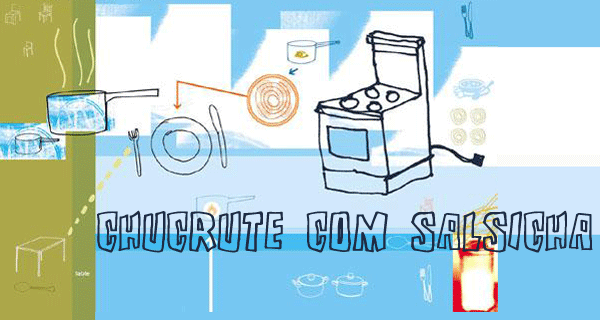o chá branco
Sou uma novidadeira. Tudo que eu vejo de diferente ou novidade, tenho que experimentar. Quando descobri o chá branco, já fui logo comprando. Ele é um chá mais caro, mas o sabor é especial. As folhas são colhidas ainda novas e tenras e quase não sofrem nenhum processamento. O sabor é levíssimo, e os que eu comprei com um leve sabor de fruta - manga, cítricos, ou pêssego. Como ainda estamos em tempo de esquentar os ossos, com um inverno que parece não terminar nunca, eu bebo muito chá durante o dia no trabalho. O chá branco tem sido o meu favorito!
. . . . . . . . . . . . . . .
From Sean Paajanen, Your Guide to Coffee / Tea.
I'm sure you've heard of black and green tea, but white?
Black tea has been fully fermented during processing, and green has not been fermented at all. Oolong teas are somewhere in the middle. So what is 'white tea'?
Well, just like those other teas, white tea come from the Camellia sinensis plant. But the leaves are picked and harvested before the leaves open fully, when the buds are still covered by fine white hair. Hence the name. White tea is scarcer than the other traditional teas, and quite a bit more expensive.
White tea is similar to green tea, in that it's undergone very little processing and no fermentation. But there is a noticable difference in taste. Most green teas have a distinctive 'grassy' taste to them, but white tea does not. The flavour is described as light, and sweet. You should steep white tea in water that is below the boiling point. The UtiliTEA Variable Temperature Tea Kettle is perfect for use with white tea.
If you are drinking tea for your health, you may want to consider white teas. There is also considerably less caffeine in white tea than the other varieties (15mg per serving, compared to 40mg for black tea, and 20mg for green). Some studies have also shown that white tea contains more active cancer-fighting antioxidants than green tea.
As with all teas, there are many varieties of white tea, with poetic names such as: white peony, golden moon, silver needle and white cloud. White teas are produced mostly in China and Japan, but the Darjeeling region of India also produces some fine white teas.
. . . . . . . . . . . . . . .
Comentários
Adicione seus temperos
Para deixar um comentário digite seu nome e um e-mail válido. Digite também a mistura de letras e números que você vê na caixinha cinza [Captcha], logo após a caixa do texto. Muito obrigada!

Q fofo seu blog, by the way...
Eu tb estou gostando da experiencia com o chá branco. Há seis meses estava tomado o verde, e perdi 10 kg, claro que eu nao vou dizer que foi só o chá, eu tb passei a comer menos e a me exercitar mais, mas o lance é tomar o chá quando tenho fome em horários inapropriados...
Mas o branco é diferente, eu tomo com prazer porque o sabor é bom... Agora resta saber se vou chegar oas 50 com a carinha da Madonna... ;D
ferzoca!
adivinhe se a novidadeira aqui nao comprou o tal cha, ne? comprei esse daqui, o: http://www.dragonfly-teas.com/products/speciality/swirlingmistwhite_intro.php?dragon=fly
eu gostei. tambem porque ele nao mancha os dentes e e organico, coisa que voce tambem deve gostar. o gosto me lembra muito muito muito o do green tea (ainda nao tenho sensibilidade para conseguir sentir todos os aromas e sabores que o website descreve. uma pena!)
um beijo pra voce!
Menina, menos cafeina, mais antioxidantes, novidade... ta pra mim. Vou correr pro mercado.